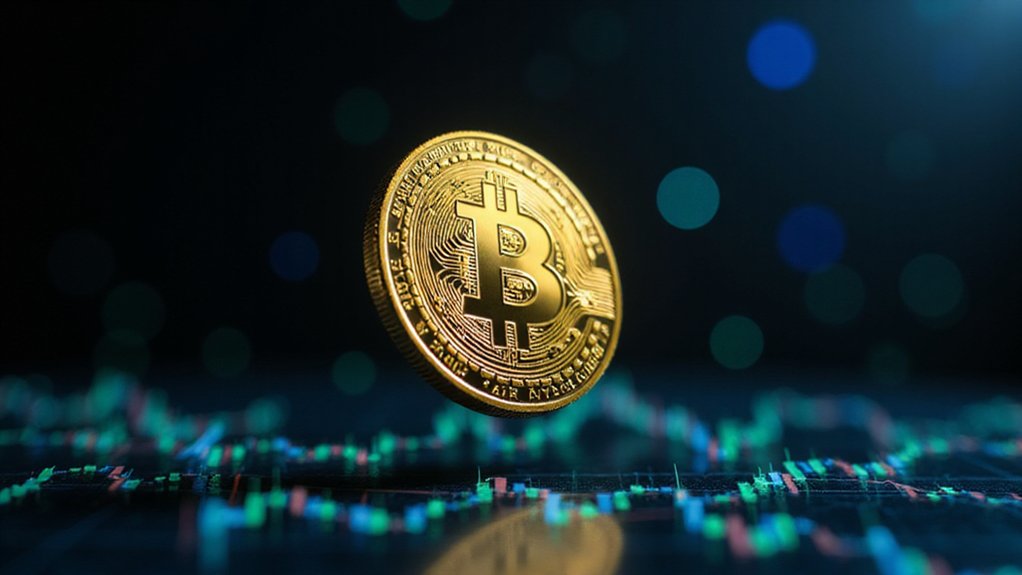A seismic shift in bitcoin’s ownership structure unfolded over two July days in 2025, as one of cryptocurrency’s earliest whales—holding coins since the Satoshi era—liquidated approximately 80,000 BTC worth nearly $9 billion through Galaxy Digital’s institutional trading infrastructure. The dormant wallet, inactive since bitcoin’s nascent years before 2010, suddenly sprang to life with transfers that rank among history’s largest single cryptocurrency sales by both volume and notional value.
The market’s response proved remarkably sanguine, with bitcoin merely dipping below $115,000 before recovering—a demonstration of the cryptocurrency’s newfound institutional resilience. This measured reaction stands in stark contrast to previous cycles where whale movements triggered cascading retail panic. Instead, the sale was absorbed through a sophisticated blend of over-the-counter transactions and secondary market operations, executed by Galaxy Digital’s NASDAQ-listed institutional apparatus.
What emerges is a portrait of market maturation that would have seemed fantastical during bitcoin’s early days. The original holder, motivated by estate planning rather than market pessimism, orchestrated a wealth transfer facilitated by professional asset managers rather than opportunistic retail buyers. Galaxy Digital’s role underscores how institutional infrastructure now enables compliant, large-scale digital asset transactions—a far cry from the Wild West exchanges of yesteryear. The sophisticated execution demonstrates how secure exchanges now function as digital fortresses capable of handling massive institutional transactions.
The timing carries particular significance: bitcoin had surged approximately 75% over the preceding year, suggesting the sale represented strategic portfolio rebalancing rather than bearish capitulation. An estimated 12,000 BTC (roughly $1.38 billion) remains under gradual liquidation to prevent market disruption—a level of sophistication that speaks to evolved market dynamics. Following the completion of the massive sale, analysts suggest the selling pressure has now subsided, creating conditions for potential market recovery.
Perhaps most intriguingly, this transaction illuminates bitcoin’s evolving ownership patterns. Where previous cycles witnessed whales primarily distributing to retail investors, institutional adoption now dominates the buyer landscape. The undisclosed purchaser details, consistent with confidential institutional transactions, suggest professional capital rather than speculative retail interest absorbed this historic liquidation.
Bitcoin’s ownership architecture is quietly shifting from retail speculation to institutional sophistication, fundamentally altering who controls the cryptocurrency’s future.
The sale may signal the waning relevance of traditional four-year bitcoin cycles as market maturation and institutional participation reshape price discovery mechanisms. When nearly $9 billion can change hands with minimal market perturbation, it suggests bitcoin has achieved a liquidity threshold that fundamentally alters its market behavior—whether that represents pragmatic evolution or something more profound remains to be seen.









